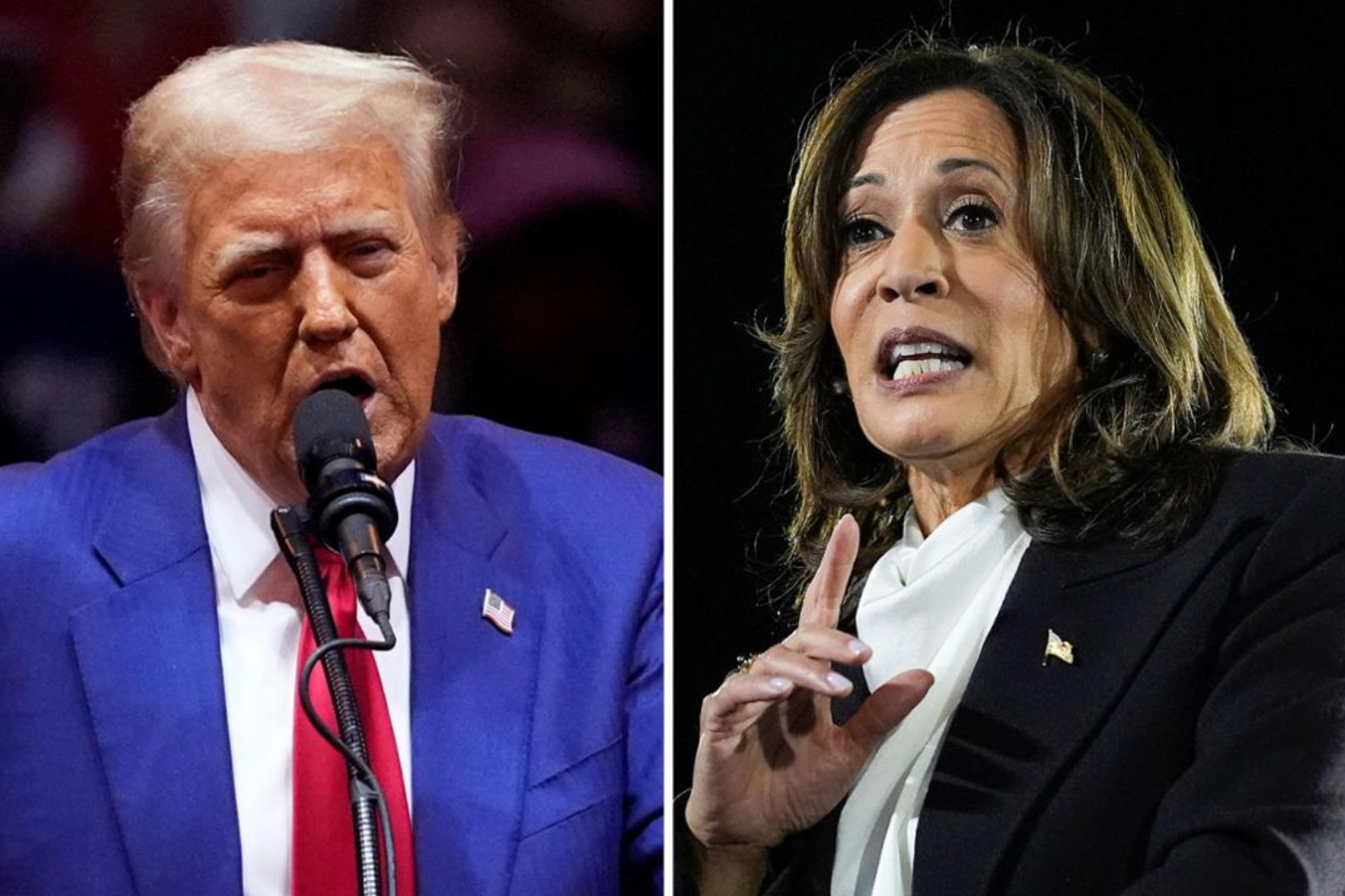

As Americans head to the polls today, each candidate has very different plans for the US’s foreign policy going forward.
A Kamala Harris presidency will likely continue many of Joe Biden’s priorities, including continuous support for Ukraine and European allies, and a tough but calculated stance on China. She will likely diverge from the current course in only a few areas, such as potentially being more confrontational with Israel’s government on the war in Gaza.
A Donald Trump presidency, on the other hand, will likely see a sharp turn in the US’s foreign policy agenda and introduce additional volatility. On the economic side, Trump suggested to introduce tariffs across all imports of at least 10%, which would hurt trade partners everywhere. His particular focus will remain on China, with which the US maintains its greatest trade deficit. Trump suggested a 60% tariff on all Chinese imports. Significant trade restrictions could also be introduced for the US’s close trade partner Mexico, with which the US maintains its second-highest trade deficit.
However, many allies of the US are most worried about a Trump presidency’s impact on international security, as he has repeatedly stated his wish to reduce the US’s role in NATO and to make allies across Europe and Asia pay more for Washington’s protection. He is also expected to reduce US support for Ukraine. In addition, Trump has vowed to pull the US out of the Paris Climate Agreement and increase domestic fossil fuel production.
Overall, the US’s foreign policy under another Trump presidency will focus less on defending democratic values across the globe and instead be much more transactional. Because of this, Russian President Vladimir Putin will strongly favor a Trump presidency. But as for China, Washington’s tough stance against Beijing will remain, regardless of who occupies the White House.
David is a Senior Analyst focusing on East Asia. He primarily writes on economic, political, and social issues and how they relate to the geopolitical environment.

